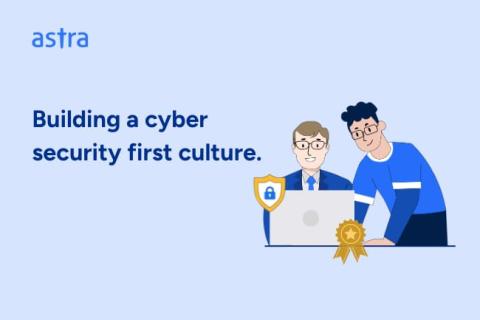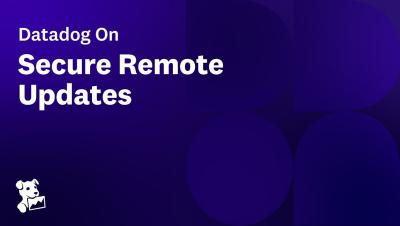How to Build a Cyber Security Culture?
Cybersecurity is no longer an awareness issue but a strategic execution problem. In 2023, 96% of CEOs acknowledged cybersecurity’s importance for organizational growth, stability, and competitiveness, but only 15% had dedicated board meetings to discuss cybersecurity issues. This disconnect between awareness and action stems primarily from difficulty quantifying cybersecurity goals, investments, and return on investment (ROI), making it easier to overlook or, at best, an afterthought.









